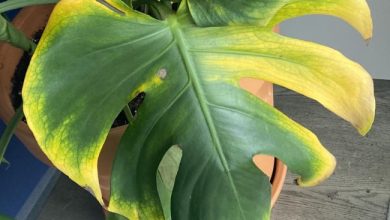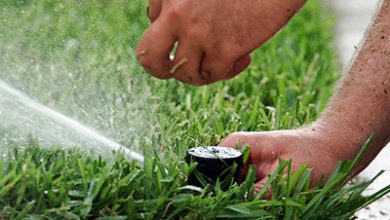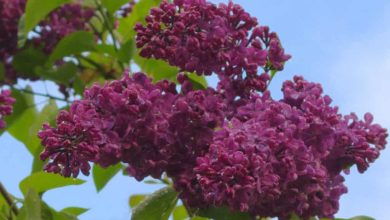Orchid diseases: know them to cure them
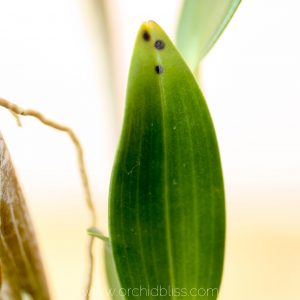
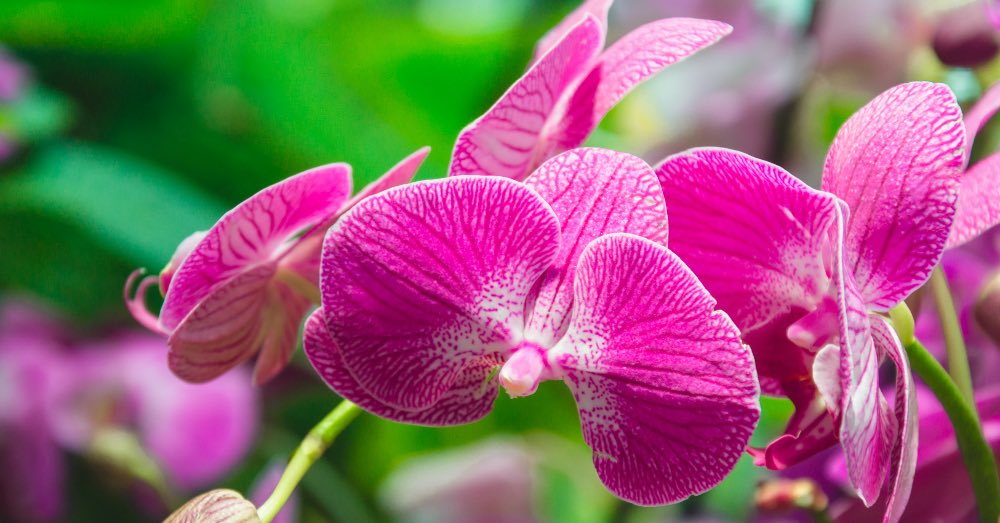
Their beauty is, a priori, the main reason why these plants have a legion of followers. But it is not the only reason. Added to this, orchids are plants with a capricious and even enigmatic point that does nothing more than enlarge that character of myth that surrounds them. However, far from this, there is a fact that we must closely monitor. Or, rather, know. Because knowing what the orchid diseases are is essential for its correct development.
Like the vast majority of plants, orchid diseases have very specific manifestations in the plant. Some that are so specific to this plant species that they tend to mislead those who are new to growing these indoor plants. Let’s have something clear. Yes, in any other plant it is more than advisable to stop any manifestation of disease, in the case of orchids even more. In spite of everything, they are delicate plants that may or may take time to recover from any ailment or even die.
So let’s see what are the orchid diseases that we should know about. And, what is more important, how to stop or heal them in order to continue having a strong and healthy plant.
MOST COMMON ORCHID DISEASES
One of the most unique aspects when it comes to orchid diseases is that they can stem from how we grow it. Orchid care implies a humid environment necessary for these wonderful plants to thrive. However, it is precisely the humidity that causes a good number of the diseases that afflict them. The key is in balance. In managing to give our plant what it needs but, always, with caution to avoid collateral damage.
And for this, it is important to sign up. Despite being tropical, orchids do not need high temperatures. What’s more: exposing them to them added to that humidity they need is an ideal breeding ground for orchid diseases. An aspect to which it is necessary to add the poor aeration of the roots or, even, a bad praxis in the irrigation. And there are few things as important in the cultivation of this beautiful plant as knowing the danger of excess watering in orchids.
But beyond knowing what we should be careful about, there is nothing like learning about orchid diseases to put a stop to them as soon as possible. And not only for the health of the plant, but also to prevent it from getting sick again.
1. Rotten roots, one of the most common orchid diseases

We start with what is, perhaps, the main cause of death of these plants. Root rot is one of the most common orchid diseases, which is also largely our responsibility. It usually appears when we do not water correctly. And we are not only referring to the amount of water, to watering them like a conventional pot or even leaving a low plate with water. We also refer to an important detail: when to water.
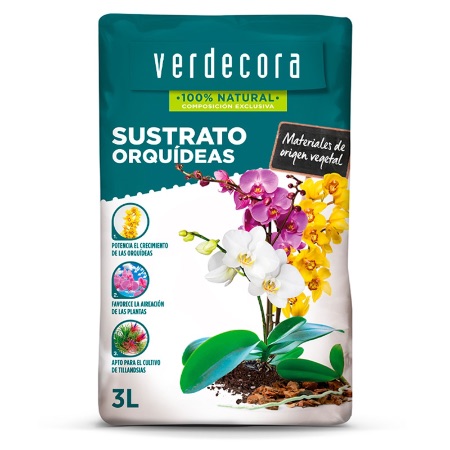
Rotten roots are still roots affected by fungus. They manifest themselves in a way that is visually easy to identify. Their main characteristic is that they take on a brown hue and lose their consistency. If we detect them in our plant, it is important to take action as soon as possible. To prevent its spread, we will have to:
- Remove rotten roots with previously disinfected and completely sterile scissors.
- If the advance of the fungi is important, apply a fungicide on the roots
- Transplant to a new substrate and pot, and with proper aeration
- Stop watering momentarily until the roots lose moisture
2. Fungi, the eternal enemy of orchids
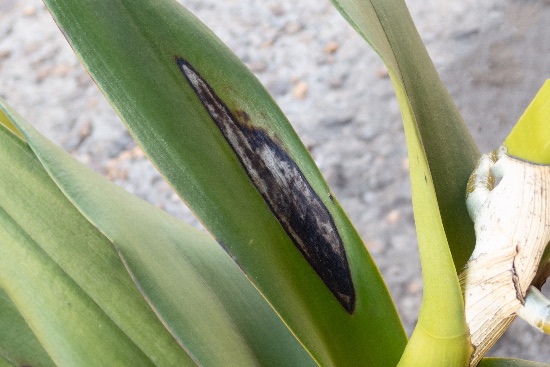
And it is logical! As we saw in the topic of roots, orchids live and thrive in a controlled humidity environment. One that is also prone to fungus. Although they manifest in the roots under conditions as described above, they can also appear in the leaves of the orchid.
Curiously, when they appear they are for the same reasons indicated above: high temperatures, excess water or poor aeration of the roots. When they manifest in leaves or flowers, they do so in different ways that are easy to recognize. They usually appear through black spots of greater or lesser size that dot the leaf or leave a compact mark. Sometimes, even, the leaf changes color starting to turn yellow until it acquires a brown or even black color.
Depending on the type of fungus, spread through the plant can be important. Therefore, the ideal is:
- Treat the plant with a specific fungicide for orchids. Even, it is worth starting to apply it preventively from the spring to avoid its appearance.
- Check the drainage of the pot to confirm that it is correctly evacuating the water
3. Bacteria, another of the easiest orchid diseases to identify
Another of the uncomfortable visitors of these wonderful plants. And, again, its appearance is due to a single reason: a higher degree of humidity than expected. Its main characteristic is how it manifests itself on the leaves. Stains created by bacteria have a watery appearance initially. Later, they can yellow the leaf around this easily identifiable starting point. If our orchid has leaves that, directly, are born yellow, we will have to take extreme precautions. This is due to the fact that water has accumulated in the neck of the plant, and that the bacterial advance has also reached the root.
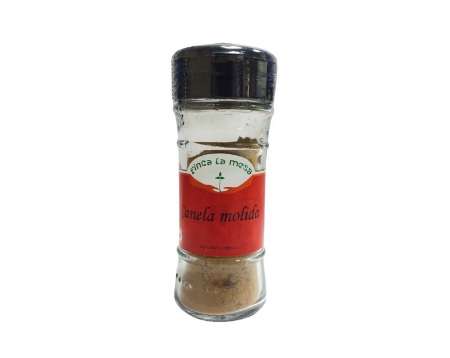
We are not going to try to downplay it. A bacterial infection can bring about the death of the plant. The advance is usually rapid, until colonizing the entire plant. And, curiously, chemical remedies do not usually give a very good effect. How to stop, then, a bacterial attack in our plant? Incredible but true: with cinnamon. Cinnamon is antibacterial, antifungal, and even insecticidal. And, added, it is completely natural. An important point in the case of orchids, which do not tolerate chemicals very well.
4. Virus, the worst of the orchid diseases that we can face
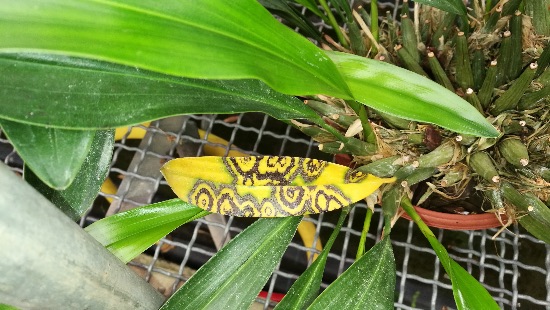
Bad news. If our plant is affected by a virus, it is most likely that we can not do much for it except try. Although it is true that they are difficult to identify, there is a maxim that defines them. And it is that their spots on the leaves usually respond to a pattern that is repeated.
The presence of viruses in an orchid is due to multiple external factors. Since it has been an insect or a pest that has deposited it on its leaves, to the fact that by manipulating it we have transmitted it. To date, there are more than 30 identified viruses that affect orchids without knowing very well how to stop them. The only thing we can do is:
- Cut affected leaves where the disease pattern is present. The ideal is to cauterize the cut of the leaf with cinnamon powder
- Move our plant away from the rest, to keep it as isolated as possible
- In the event that the pattern of the virus manifests itself again, we will have no choice but to sacrifice our plant by burning it.
HOW TO PREVENT ORCHID DISEASES
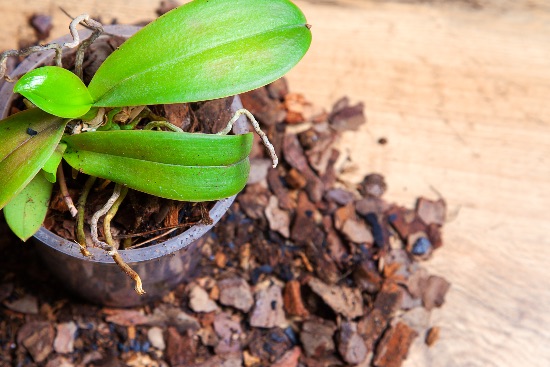
As always when we talk about diseases in plants, there is a maxim: prevention is better than cure. Something that also applies to orchid diseases, and that is worth knowing. And it is that, as we have seen, a good part of the problems derived from their cultivation are always a consequence of the hand that cultivates them. Therefore, nothing like knowing some tips that will allow us to avoid having to tackle ailments that can even compromise your life.
We are not talking about anything extraordinary. Because, beyond myths, having a healthy orchid is not complicated at all. It is enough, simply, to know what you need and what precautions must be taken for your well-being.
1. Learn how and when to water, vital to avoid orchid diseases
Orchids do not demand water like the others. In general, most types of orchids require immersion irrigation spaced out over time. In many of them, the best indicator of when to water again is their roots. A green root is a well-hydrated root that, for the time being, does not require more water.
How do you know when the ideal time is? In most of them, when the roots acquire a silvery hue.
2. Transplant rigorously and correctly
Although orchids are plants that carry regular changes, transplanting is one of the fundamental tasks for their well-being. We will have to choose the moment correctly, and always at the end of its flowering so as not to interrupt it.
But just as important as choosing a good substrate or the right time is ensuring that the planting site is free of any external element. This is essential if we recycle pots from previous orchids or even sick plants. If we do not disinfect them thoroughly, we can transmit the disease to healthy plants.
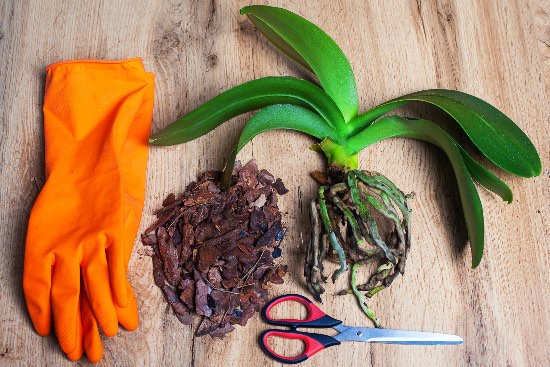
3. Fertilize to strengthen your plant
Key code. A well-nourished plant always has a greater resistance to any threat. For this reason, it is important to know the different types of fertilizer for orchids and to know when is the ideal time to administer it.
4. Maintain rigorous hygiene when handling your plants
It doesn’t hurt to handle your plants with clean hands or even gloves. And not only when it comes to sick plants, which in that case is essential. We also refer to doing it regularly to guarantee absolute cleanliness.
As important as this is that any gardening tool that we use to manipulate them has been previously disinfected.
And yes: orchid diseases are due, to a large extent, to the human hand. So there is nothing like getting to know them to prevent them from spoiling our enjoyment of these incredible plants.

